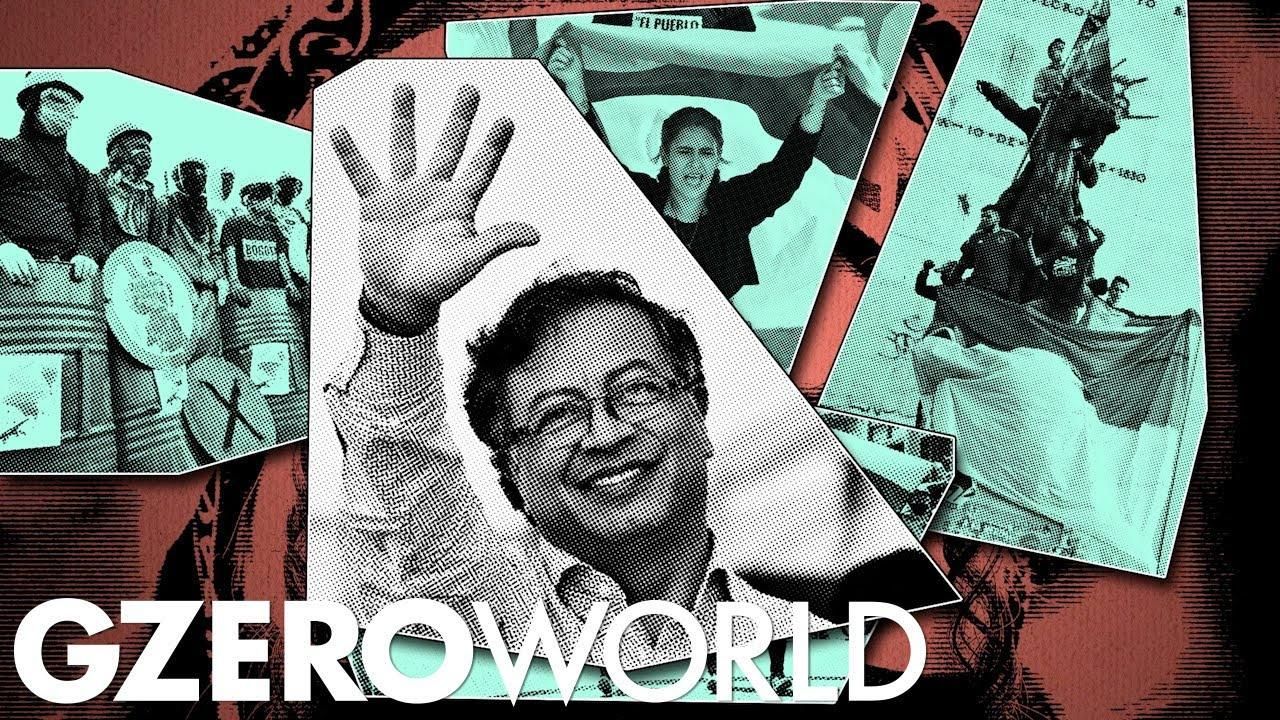
Colombia now has its first leftwing president: Gustavo Petro. He’s a [deep breath] sixty-two-year-old-ex-leftist-guerilla-turned-mayor-turned-opposition-leader who rode a wave of voter anger to a narrow victory over a populist construction magnate last June. Got that?
Petro was swept to power by a slim margin in June, thanks mainly to young Colombians. He had promised them something different in a country that's been rocked by mass protests over inequality and corruption, Ian Bremmer explains on GZERO World.
Colombia's new president, who started his political career as a leftist guerrilla in the 1990s, promises change. He wants to fight climate change by ending oil exploration and to massively increase social spending by taxing the rich more.
But it won't be easy. And critics warn he's trying to do too much, too fast.
Petro also aims to restore ties with controversial neighbor Venezuela and reassess them with the United States. Both moves will have regional ripple effects.
Watch the GZERO World episode: Gustavo Petro: the guerilla-turned-president who wants to "develop capitalism"
- Will Colombia really elect a leftist? - GZERO Media ›
- Hard Numbers: Petro aims for trillions, killings of Muslims rattle ... ›
- Gustavo Petro: the guerilla-turned-president who wants to "develop ... ›
- It's populist vs. populist in Colombia - GZERO Media ›
- Petro at the Pinnacle: Colombia's new president takes office ... ›
- Colombia's new president Gustavo Petro: Biden team aware the war ... ›